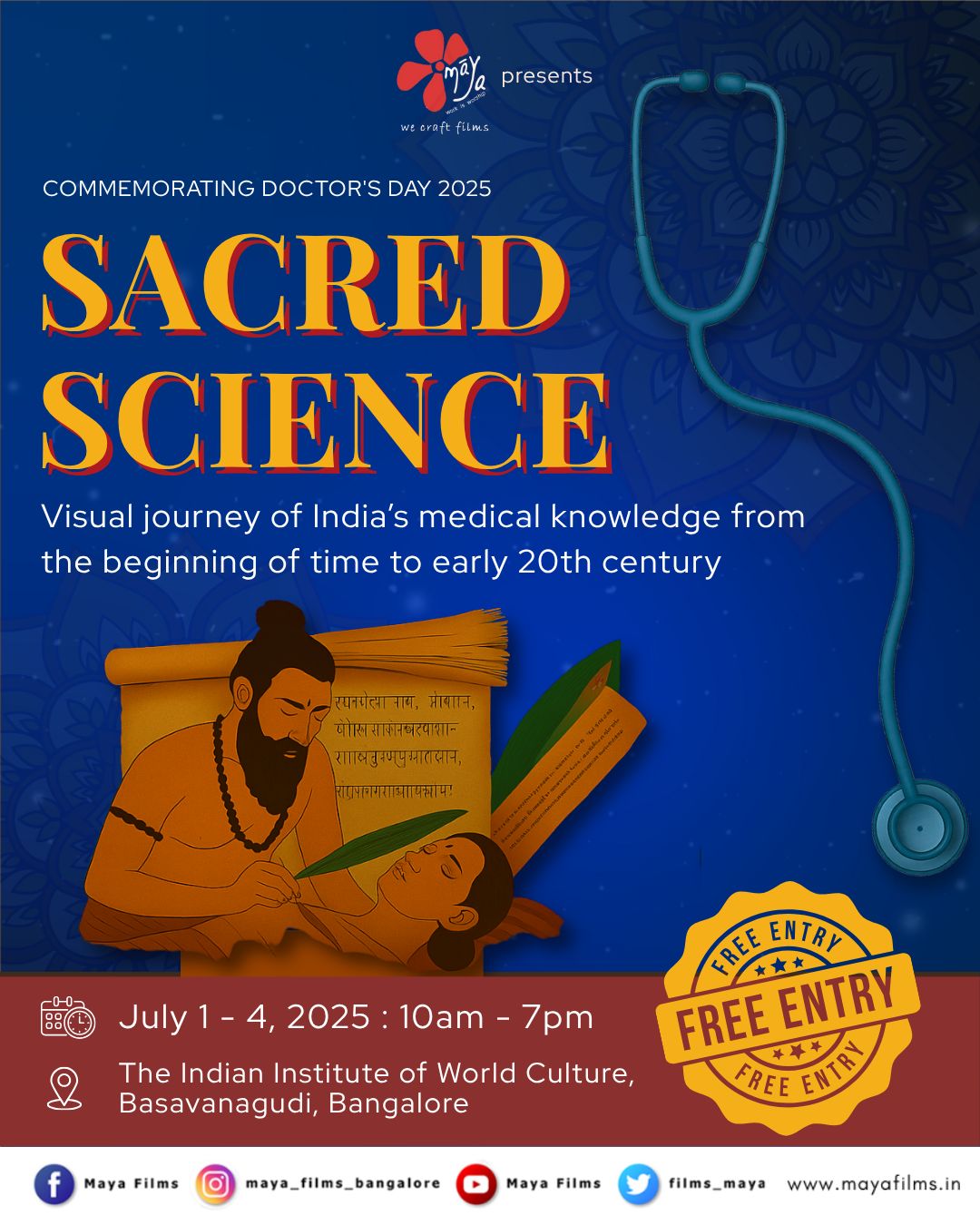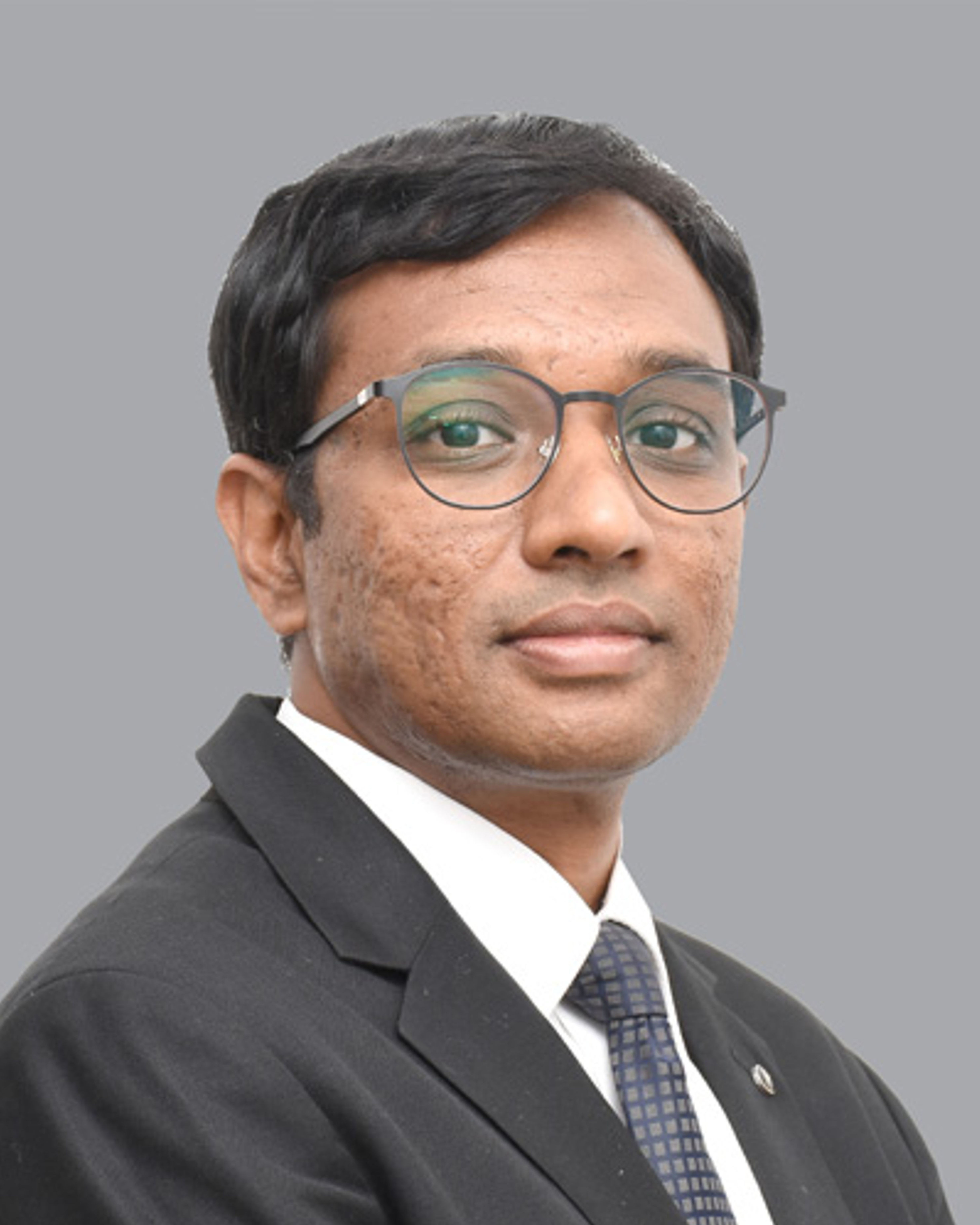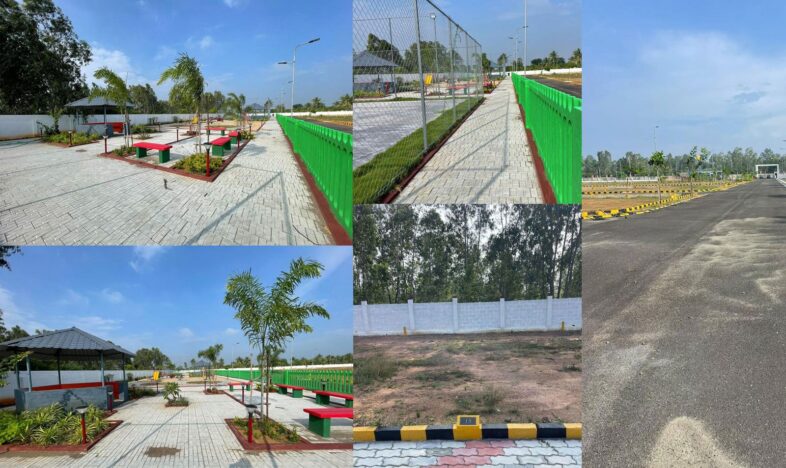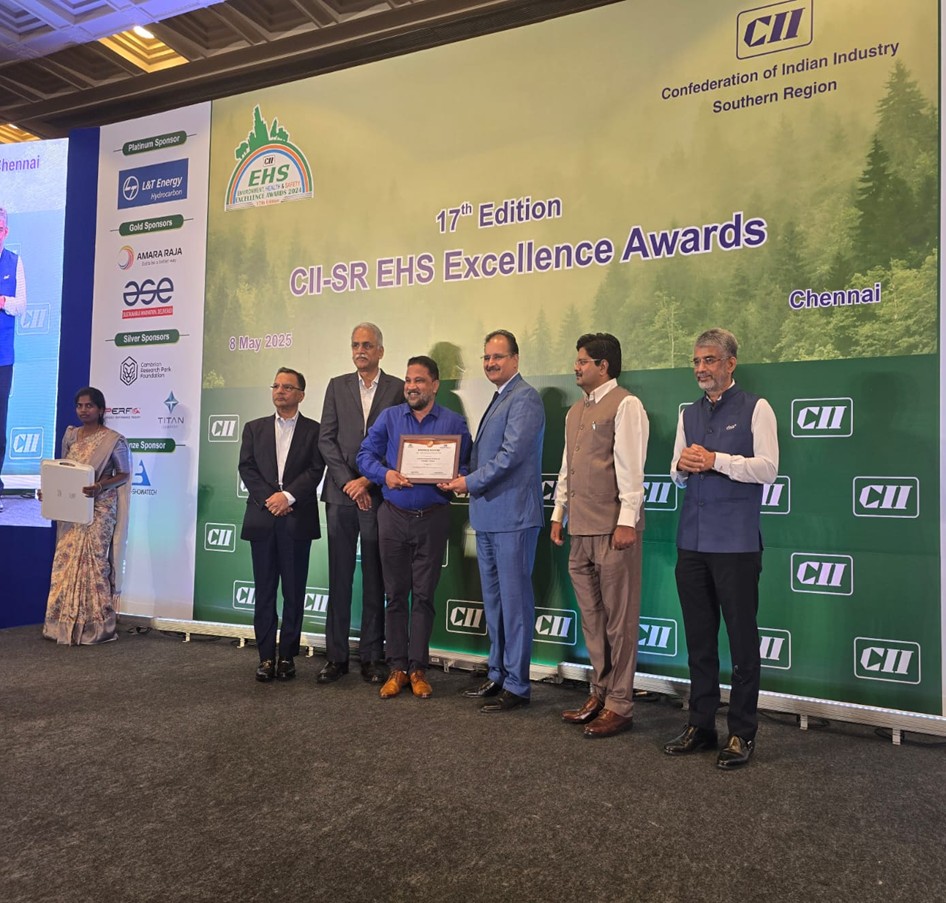SACRED SCIENCE: Tracing the Threads of Ancient Healing
Bangalore, June 2025 — A unique and thought-provoking exhibition will be inaugurated on July 1, 2025, at the Indian Institute of World Culture, BP Wadia Road, Basavanagudi, Bangalore. Conceptualized by acclaimed filmmaker Maya Chandra and co-curated by cultural enthusiast Radha Rao, this exhibition is part of a continuing effort to commemorate Doctors’ Day by exploring India’s rich healing heritage.

This year’s edition pays tribute to India’s age-old medical traditions, tracing their origins from sacred scriptures and mythological narratives to renowned sages such as Atreya, Sushruta, and Kashyapa. The exhibition brings to life these timeless traditions through a captivating blend of paintings, archival photographs, hand-drawn illustrations, AI-generated visuals, and short films. In addition to honoring ancient wisdom, the exhibition also celebrates the contributions of Bangalore’s legendary physicians, from the colonial era to the present day.
The exhibition will be formally inaugurated on July 1, 2025, by distinguished dignitaries: Dr. B R Ramakrishna, Dr. Vivek Jawali, and Dr. T S Sathyavathi.
On July 2, 2025, two special talks will be presented:
- “Titbits of Healing from the Vedas & Puranas” by Shri Shatavadhani Ganesh
- “Nature and Food as Medicine” by Dr. Gowri Subhramanya (popularly known as Gowri Amma)
Dr. Vivek Jawali will deliver the presidential remarks, drawing together the themes and contemporary relevance of this initiative. The exhibition is supported by the History of Medicine Museum, Library & Archives, St John’s National Academy of Health Sciences.
This event marks the second chapter in the series, following the success of Vintage Salute in 2024, which honored over 30 iconic doctors who served the South Bangalore community with distinction.
The gallery will be open to the public from July 1 to July 4, 2025, daily from 10:00 AM to 7:00 PM at the Indian Institute of World Culture, Basavanagudi.
Asthma vs. COPD: 7 Key Differences You Should Know

Dr. Srivatsa Lokeshwaran, Lead Consultant and Head of Department – Interventional Pulmonology and Lung Transplant, Aster Whitefield Hospital, Bengaluru
Breathing should be effortless. But for millions, conditions like asthma and COPD (Chronic Obstructive Pulmonary Disease) make every breath feel like a struggle. While both involve difficulty breathing and narrowed airways, asthma and COPD are not the same condition. They differ in causes, age of onset, triggers, progression, and treatment approaches.
Confusing the two can delay the right care. Some people with long-standing asthma may even be misdiagnosed with COPD, or vice versa. So, how do you tell them apart? Whether you’re a patient or caregiver, here are 7 key differences between asthma and COPD you should know.
- Age of Onset
- Asthma typically begins in childhood or early adulthood, although adult-onset asthma does exist.
- COPD is usually diagnosed in people over 40, especially those with a long history of smoking or exposure to pollutants.
- Causes
- Asthma is often linked to genetics, allergies, or environmental triggers like dust mites, pollen, or cold air. It’s considered an inflammatory response of the airways.
- COPD is mainly caused by long-term exposure to irritants—most commonly smoking, but also air pollution or occupational fumes.
- Symptoms Pattern
- Asthma symptoms (wheezing, breathlessness, chest tightness, coughing) often come and go—flaring up with triggers, and improving with treatment or spontaneously.
- COPD symptoms are persistent and progressive, with a slow worsening over time. The cough (often with phlegm) may become chronic.
- Lung Function Reversibility
- Asthma is reversible. Lung function often returns to normal between attacks or improves significantly with inhalers.
- In COPD, the airflow limitation is irreversible or only partially reversible, even with medication.
- Response to Medication
- Asthma responds very well to bronchodilators and inhaled steroids.
- COPD patients may need a combination of long-acting bronchodilators, steroids, oxygen therapy, and lifestyle changes, but their response is typically less dramatic.
- Triggers
- Asthma flares are often triggered by allergens, exercise, cold air, or stress.
- COPD flares (also known as exacerbations) are more likely caused by respiratory infections, ongoing smoking, or worsening air quality.
- Progression
- Asthma, with proper management, can remain stable and well-controlled for years—even go into remission.
- COPD is a progressive disease, meaning it tends to get worse over time, and may eventually limit daily activities and quality of life.
Knowing whether you have asthma or COPD isn’t just a technical detail—it shapes your entire treatment plan. For instance, asthma requires a focus on inflammation control and avoiding allergens, while COPD care revolves around lung preservation, smoking cessation, and managing long-term symptoms.
Sometimes, people—especially older adults—can have features of both conditions. This is called Asthma-COPD Overlap Syndrome (ACOS), and it requires a more tailored approach. If you or a loved one experience frequent breathlessness, chronic cough, or wheezing, don’t ignore it. A lung function test (spirometry) and a good clinical history can help doctors pinpoint the cause—and get you on the right treatment path.
AKB Developers launches residential plots in Thaiyur
Chennai, June 28, 2025: AKB Developers & Promoters proudly presents AKB Pavilion IIT Enclave, a premium gated community spread across 6.20 acres in Thaiyur, Kelambakkam—right opposite the IIT Madras Research Campus. As AKB’s 93rd project, this development stands out for its strategic location, thoughtful planning, and investment potential.

Priced between ₹17 lakhs and ₹34 lakhs, the project offers well-laid plots from 600-1200sqft within a secure, fully developed layout featuring a 19,000+ sq. ft. exclusive park, blacktop roads, street lighting, and green spaces—designed to provide residents with a peaceful and self-contained environment.
Thaiyur has quickly emerged as an investor hotspot, driven by the IIT campus development and rapid growth along the Vandalur–Kelambakkam Road, which is considered one of South Chennai’s fastest-growing corridors. Remarkably, AKB Pavilion is priced at nearly half the rate of plots along this stretch, offering unmatched value just 5 minutes from Pudupakkam Aanjaneyar Koil.
With expected returns of up to 200% in the next 5–7 years, this project is poised to become one of the most sought-after residential hubs near OMR. Backed by AKB’s 36-year legacy and known for legal transparency and development quality, Pavilion IIT Enclave is not just a plot—it’s a smart investment in Chennai’s future.
Sundaram Finance Limited Revises Deposit Interest Rates effective July 1, 2025
Chennai, Friday, June 27, 2025…. Sundaram Finance Ltd., one of India’s most trusted NBFC’s is revising Deposit Interest Rates effective July 1, 2025 in line with RBI’s repo rate revision announced recently. Revised Rates for Senior Citizens are 7.2% for 12 months and 7.5% for 24 & 36 months. Similarly for others 6.70% for 12 months and 7% for 24 & 36 months.

The adjustments reflect Sundaram Finance Ltd.’s measured response to broader economic conditions and market dynamics and is a part of their financial strategy to align with current economic trends.
Recently, the company introduced a Digital Deposit facility, making savings simpler, safer and more accessible than ever. Customers can conveniently invest and manage their deposits digitally through a seamless and secure process, enjoying peace of mind and attractive returns. This online transaction can be initiated through the company portal.
ABOUT SUNDARAM FINANCE
Sundaram Finance was established in 1954, and the company has today grown into one of the most trusted and diversified financial services groups in India providing financing for commercial vehicles, cars & utility vehicles, tractors and farm equipment, construction equipment, SME finance and a range of working capital products for financing diesel, tyres, insurance as well as working capital for SMEs.
Ramky Infrastructure Limited Receives Multiple Accolades for Excellence in Safety and Sustainability
Hyderabad, 26th June 2025: Ramky Infrastructure Limited (RIL), a leading company in Sustainable Infrastructure Development, has been honoured with two prestigious National and International Awards, reinforcing its commitment to high standards in Health, Safety, and Environmental practices.
These recognitions, awarded by the British Safety Council (BSC) and the Confederation of Indian Industry (CII), underscore Ramky’s leadership in implementing Safety-First practices across all phases of Infrastructure Development.

International Safety Award from the British Safety Council
RIL was presented with the International Safety Awards 2025 by the British Safety Council for its Ramky One Orion and Ramky One Orbit Residential Projects. The award was presented by Mr. Mike Robinson, Chief Executive of BSC. This acknowledges the company’s adherence to Global best practices in Occupational Health and Safety Management.
Bronze Award at Confederation of Indian Industry (CII) Southern Region (SR) – EHS Excellence Awards
At the CII SR EHS Excellence Awards 2024, RIL’s Ramky One Orbit Project received the Bronze Award for its outstanding performance in Environmental, Health, and Safety initiatives. The award was presented by Key Industry Leaders, including Mr. Rajesh Mittal (President & MD, Isuzu Motors India), Mr. Srinivasan Ramabhadran (MD, DSS+), and Senior Executives from Siemens Energy and Ford India.
Mr. Yancharla Rathnakara Nagaraja, Managing Director, Ramky Infrastructure Limited said “These recognitions reflect our continuous commitment to building infrastructure that is Sustainable and also implementing high standards of safety. At RIL, Safety and Sustainability are fundamental to our operations. These values guide every decision, from on-site work to Strategic Leadership. We dedicate these awards to our teams, partners, and stakeholders who consistently elevate our Standards of Excellence.”
Ramky Infrastructure Limited extends heartfelt thanks to British Safety Council and CII for the honour bestowed upon us, and we shall continue our commitment to setting new benchmarks in the construction industry through Innovation, Sustainability, and Social Impact.
Herbalife India Announces Smriti Mandhana and Manika Batra as Brand Ambassadors for vritilife Ayurvedic Skin care Range
National, 26 June 2025: Herbalife India, a premier health and wellness company, community, and platform, announces the extension of its partnership with two of India’s leading sports icons – Smriti Mandhana, Indian cricketer, and Manika Batra, Indian table tennis player –for its vritilife Ayurvedic skin care range. This strategic partnership aims to address wellness through clinically tested skincare routine and reflects Herbalife’s commitment to promoting well-being from the inside out.
As athletes who face high levels of physical and environmental stress, Smriti Mandhana and Manika Batra understand the importance of conscious skincare that supports their active lifestyles without compromising on quality or authenticity. This partnership reflects a shared vision in championing skincare — one that blends Ayurvedic tradition with modern science to empower every individual to feel confident in their own skin.
Ajay Khanna, Managing Director, Herbalife India, said, “vritilife reflects our ongoing commitment to nutrition and conscious skincare, rooted in the principles of Ayurveda and backed by science. As we continue to expand this range, we are delighted that Smriti Mandhana and Manika Batra—already valued ambassadors for Herbalife—are extending their association to champion the vritilife skincare range. They embody the spirit of balance, strength, and authenticity—values that are integral to vritilife. Their inspiring journeys will help us encourage more people to embrace skincare as an empowering aspect of holistic well-being.”
vritilife’s Ayurvedic skin care range currently includes a Facial Cleanser, Facial Toner, Facial Serum, and Moisturizer. The skin care range stands out for its use of botanicals like Neem, Turmeric, Aloe Vera, and Kumkumadi oil. These ingredients are combined with actives that are dermatologically tested, paraben-free, sulfate-free, and hypoallergenic. Each formulation is crafted to deliver efficacy , backed by rigorous clinical validation and Herbalife’s global quality standards. These products, developed at the Herbalife’s Centre of Excellence in Bengaluru, are Made in India, for India, and formulated specifically to suit Indian skin types.
Smriti Mandhana, Indian cricketer, said “I’m delighted to join vritilife family as their brand ambassador. As an athlete, taking care of my skin while constantly being on the move is essential, and vritilife’s Ayurvedic-based formulations truly align with my lifestyle. I believe in promoting wellness, and vritilife reflects that ethos perfectly.”
Manika Batra, Indian table tennis player, said “In sport and in life, discipline and self-care go hand in hand. With vritilife, I’ve found skincare that is deeply rooted in tradition, and yet refreshingly modern. I am happy to represent the brand and celebrate the diverse beauty traditions of this nation.”
For the past 25 years, Herbalife India has played a key role in promoting health and wellness across the nation. Since its inception, the brand has been committed to empowering individuals to lead active lives through its scientifically backed nutrition and personal care products. Over the years, Herbalife has grown into a trusted name, supporting thousands of independent distributors and fostering a community driven by fitness and holistic well-being. With a strong focus on quality, innovation, and customer-centric solutions, Herbalife continues to inspire positive lifestyle changes, cementing its legacy as a leader in the wellness industry in India.
Turning Farmland into a Future-Ready Investment: The Vibez Estates Approach
June 26, 2025: Farmland is often seen as a slow, traditional asset – but Vibez Estates, a real estate firm, is changing that view. Based in Bangalore and founded in 2009, the company has created a model where agricultural land is professionally managed, income-generating, and legally secure. At the heart of its approach is a belief that rural entrepreneurship can offer real, sustainable returns for urban investors.
The story began with a single 13-acre coffee estate. Over time, Vibez Estates expanded into regions like Chikmagalur, Sakleshpur, and Chikkaballapur, offering smaller farmland plots to individuals looking for long-term value. These plots are not sold as empty land but as managed agricultural units. Every aspect – from soil testing and plantation to harvesting and upkeep – is handled by the company. This allows individuals with no background in farming to become landowners and earn from the land.
What sets Vibez apart is its dual-income model. On one hand, investors earn from the crops – coffee, pepper, pomegranate, fruit orchards, and even teak. On the other, many of these estates also offer a hospitality component. Farm villas and eco-retreats built on these plots are rented out, creating a second stream of income. This makes it possible to benefit from both agriculture and tourism, without having to manage either directly.
Transparency is a core part of Vibez Estates’ promise. Every investor gets access to an in-house ERP system that tracks the progress of their farmland. Regular updates, performance reports, and complete legal documentation help maintain trust and avoid many of the common issues associated with land ownership in India.
As of now, Vibez Estates has completed more than 16 projects and manages over 1,000 acres of land. The company has also built over 150 villas on its estates, often designed to reflect local architecture and Vaastu principles. One such example is Bilvadhara, a heritage-style riverside project that combines nature-friendly design with rental income potential.
The long-term outlook for crops like teak is promising, with projected returns in the range of 14 to 16 percent annually over a 15 to 20-year period. These figures, while not guaranteed, reflect the kind of returns that attract high-net-worth individuals, NRIs, and working professionals looking to diversify their portfolios with real assets.
Vibez Estates has received several awards over the years, including recognition for eco-friendly construction and responsible land development. But more importantly, it has helped bridge the gap between urban capital and rural opportunity. By making farmland accessible, manageable, and profitable, the company is encouraging a new kind of investment – one that supports local economies while offering steady returns.
As more people look for stability in uncertain financial markets, models like this offer a practical path forward. Vibez Estates shows that investing in agriculture doesn’t have to be complicated or risky. With the right systems in place, it can be a reliable, transparent, and future-ready option for people who want their money to work in more meaningful ways.
Supreme Infrastructure Wins Rs 450 Crore Turnkey Contract for PAP Housing in Powai
India, June 26, 2025 — Supreme Infrastructure India Ltd (SIIL), a leading EPC and infrastructure company, has secured a Rs 450 Crore turnkey construction contract for the development of a PAP (Project Affected Persons) housing complex in Mumbai’s Powai area. The project is part of a broader redevelopment initiative being undertaken by BSS Property Ventures and Rajeshwar Property Ventures — entities majority-owned by funds managed by Brookfield.
The Phase 1 scope includes the construction of residential flats with associated infrastructure and MEP (Mechanical, Electrical, and Plumbing) works, across a built-up area of approximately 1.6 million square feet. Once completed, the PAP building will be handed over to the Mumbai Metropolitan Region Development Authority (MMRDA). The project timeline is 36 months.
This residential development forms a key part of a larger 6-acre urban renewal plan, with Phase 1 targeting 2.0 million sq. ft. of development. Brookfield’s investment and operational involvement through the developer entities reflect a long-term commitment to the area, with Phase 2 slated to include 2.5 million sq. ft. of commercial and retail space.
With this win, SIIL’s total order book rises to Rs 1,725 Crores, which includes major projects from clients such as Larsen & Toubro (L&T). The addition further strengthens SIIL’s presence in high-value, urban infrastructure delivery.
Pankaj Sharma, Director— Supreme Infrastructure India Ltd, said:
“We’re proud to be part of this significant redevelopment in Powai, particularly one anchored by a global investment group like Brookfield. This project aligns well with our focus on technically demanding, large-scale builds in urban environments. The trust placed in us reflects our execution strength and our ability to meet delivery milestones on complex projects. As Mumbai continues to evolve, we’re committed to supporting inclusive and forward-looking infrastructure that serves the city’s future.”
A formal disclosure regarding this order has been filed with the Bombay Stock Exchange (BSE).
G Square Launches G Square Zen Premium Villa Plots in Srirangam, Trichy
Mumbai, 26th June 2025: G Square, India’s largest real estate developer, proudly announces the launch of G Square Zen, villa plots at Srirangam. G Square is the only premium plot developer in Srirangam and surrounding regions, hence making this plot project heaven for those seeking peace and tranquillity. G Square Zen – Plug & Play Plots, is strategically located in the heart of Srirangam and close to the world-renowned Ranganatha Swamy Temple, in Trichy.
This all-inclusive Rs 225.84 crore residential township is spread across 17 acres with 253 plus meticulously planned residential plots ranging from 540 sq. ft. at 34 lakhs onwards and 2BHK villa plots of 702 sq ft starting from 69 lakhs onwards, catering to diverse homeowner needs. G Square Zen is introduced at an attractive early bird price of Rs 6300 per sq. ft., setting a new benchmark in affordability. This pricing, unmatched anywhere in Srirangam, Trichy, creates an exceptional opportunity for buyers to build their dream homes immediately.
G Square Zen, located on the Chennai-Trichy Highway, tucked between the Kollidam and Kaveri, provides great connectivity while maintaining a serene ambiance. Residents can reach the famed Ranganathaswamy Temple located within walking distance. The location of the plot also places plot buyers at the centre of Trichy’s cultural and natural allure. With the serene Srirangam Temple, the historic Rock Fort Temple, Thiruvanaikoil, and the picturesque Mukkombu and Kallanai Dams all located nearby, every landmark is within easy reach. The new airport and upcoming bus terminal will further enhance connectivity, ensuring effortless accessibility to G Square Zen.
“Srirangam holds immense cultural and spiritual significance, and we are proud to introduce our premium residential plots in this revered location. G Square Zen at Srirangam is a wonderful investment opportunity, providing a harmonious blend of peacefulness, convenience, and strong investment potential for aspiring homebuyers looking for a serene and rewarding lifestyle in Trichy,” said Mr Bala Ramajayam, Founder and Managing Director, G Square Realtors Private Limited.
G Square Zen offers two years of free maintenance and 40+ world-class amenities including 24×7 CCTV surveillance and robust infrastructure, such as blacktop roads and street lighting. This ready-to-construct project combines spiritual serenity with modern living offering post-purchase guidance from expert designers and Vastu compliance experts, to give you the creative liberty to design your dream home according to your preferences. G Square’s plug-and-play model allows customers to begin construction immediately after registration with EMI options through leading banks.
Key Features of G Square Zen
● Close to Srirangam Ranganathasamy Temple.
● Close to NH18 Trichy Bypass.
● Centrally located between Kollidam and Kaveri.
● PLUG & PLAY – EB Facility, storm water drain, and domestic water lines
● 24×7 CCTV surveillance for enhanced security
● 2-year Free maintenance for a stress-free living experience
● Well-laid blacktop internal roads with streetlights ensuring smooth vehicular movement
● A ready-to-construct villa community with premium infrastructure
● G Square Build Assist to support homeowners in villa construction
● Perfect legal documentation for all plots, ensuring secure land ownership
IGP Unveils Whimsical Birthday Ad with a Gangster Twist Under Its ‘Amazing Gifts, Samay Par’ Campaign
June 25th, 2025, Mumbai: IGP continues its creative journey with the launch of a new film under its ongoing ‘Amazing Gifts, Samay Par’ campaign — a cheeky, cinematic ode to birthday surprises that come with a bang (and a cake), bringing the joy of timely gifting to life with flair and fun.
Set in a playful “gangster-noir world”, the film takes viewers on a dramatic ride that opens with suspense and ends with sugar. A blindfolded man is dragged into a dimly lit room by trench coat-clad goons. Tension builds. A mysterious box is placed before him. Just when it feels like a ransom scene straight out of a mafia flick, the box bursts open — revealing a birthday cake from IGP.
Watch the birthday-ad here: https://www.youtube.com/
What unfolds is chaos, laughter, and an unexpected twist — the ‘heist’ is, in fact, a birthday surprise orchestrated by a crew of delightfully unconventional gangster friends. The birthday boy’s panic gives way to confused joy. With this humorous film, IGP brings to life the spirit of its ‘Amazing Gifts, Samay Par’ campaign, which celebrates the beauty of gifting not too early, not too late — but just at the right moment. With a delivery promise of fresh cakes in 30 minutes or less, IGP ensures that every occasion is celebrated exactly when it matters most.
“Birthdays are among the most personal and joy-filled occasions in our lives, and the right gift, delivered at the right time, can make that day truly unforgettable,“ said Tarun Joshi, Founder & CEO of IGP. “At IGP, we’ve built our brand around this very promise: making every celebration feel special with timely, thoughtful gifts. With over 2 million cakes delivered each year, we understand what these moments mean to people.”
With this film, IGP continues to push the envelope on birthday storytelling, turning even the most dramatic setups into heartfelt moments, all backed by lightning-fast delivery and unwavering gifting reliability.

